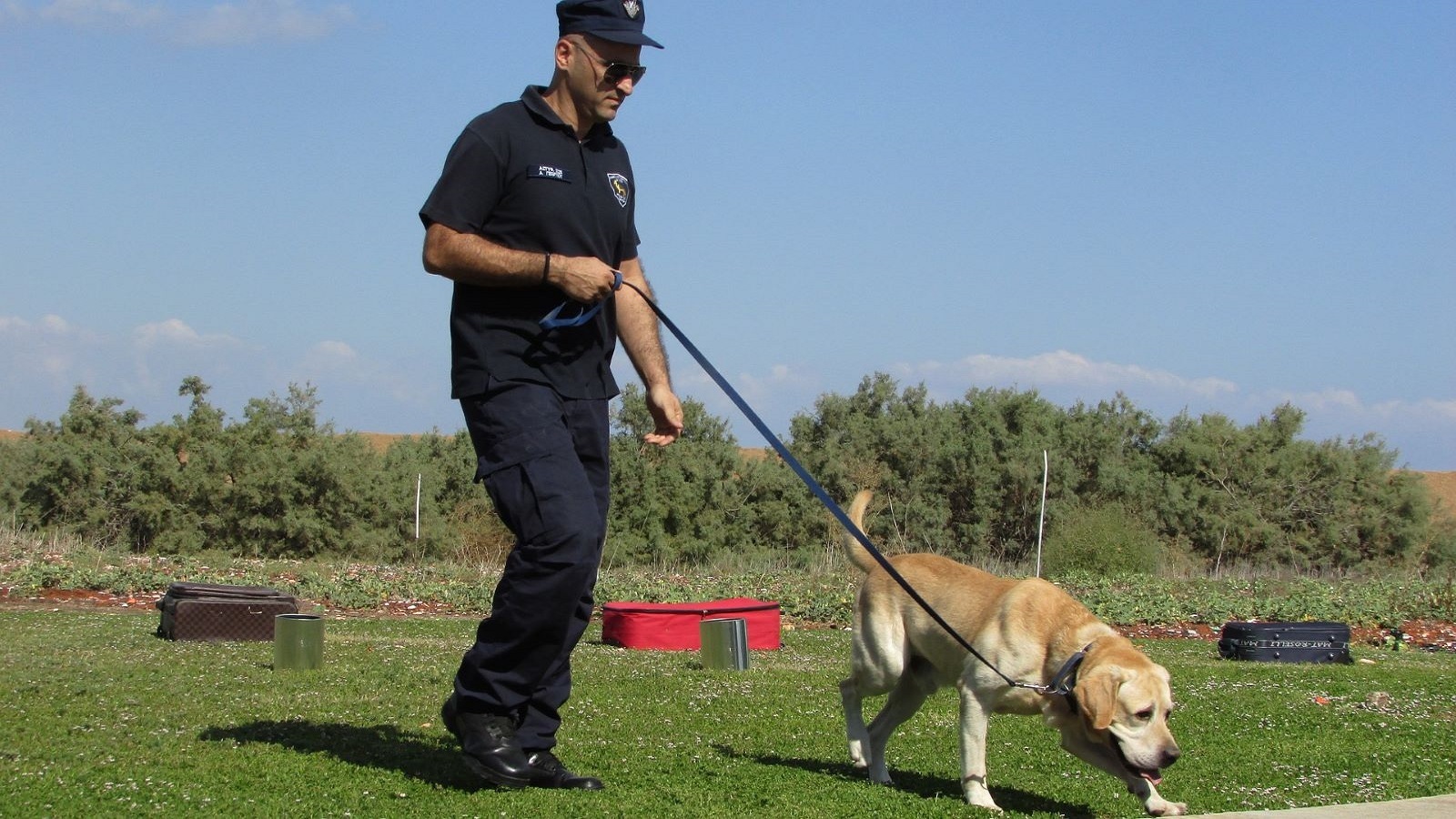Palm Springs Police Chief Andy Mills is going to bat for California police dogs in light of a threat from Assembly Bill 742, which would "prevent the use of police canines for the purpose of arrest, apprehension or any form of crowd control."
In an open letter shared on Mills' website, he said, "I write you to prevent AB 742 from becoming law. AB 742 will harm all community members far beyond the positive intent of its authors. Police canines are an effective tool to prevent the escape of violent felons and reduce the use of lethal force by police."
The bill was introduced by Assembly Member Corey Jackson (D-Moreno Valley) and coauthor Assembly Member Ash Kalra (D-San Jose) on Feb. 13. One of the goals of the bill is to protect people, particularly minorities, from the fear associated with the use of police canines and curb a related distrust in law enforcement.
The bill also cites California Department of Justice Use of Force data from 2021, which determined that approximately 12% of canine-related police cases led to severe injury or death.
AB 742 makes the case that police canines can cause "severe and deadly consequences" for bite victims. According to the bill, a "Police Assessment Resource Center" study of such bites revealed subsequent hospital visits 67.5% of the time, while hospitalizations amounted to 22% of the time or less with other uses of force (including batons and tasers). Police canine bites can lead to "permanent disfigurement and injuries to bones, blood vessels, nerves, breasts, testicles, faces, noses and eyes, sometimes causing blindness."
In his opposition letter, Mills said that Palm Springs employs its canine units to de-escalate situations where lethal force is permissible by law.
"Instead, our officers would rather use dogs than high levels of force," Mills said. Over the last five years, he said, PSPD's "canine partners" were deployed 1,437 times, resulting in a total of six bites involving four white men and two people of color.
Reflecting on his 42 years as a police officer, predominately in urban California, the chief said he couldn't recall one death associated with police canines "nor any injuries requiring extensive medical care."
Police canines prove especially valuable, he said, when dealing with armed subjects or those who can't listen to police commands due to intoxication or a mental disability. Mills sees the dogs' role as critical to preventing the need for lethal force and, if the bill becomes law, he envisions an increase in such force.
"AB 742 will inadvertently increase the number of police shootings," Mills said in the letter.
An alternative would be for the Legislature to spell out when a police canine can be deployed during violent or armed incidents. "For example, you can limit off-lead apprehensions to violent felons or suspects displaying weapons that threaten the life and safety of others," Mills said.

